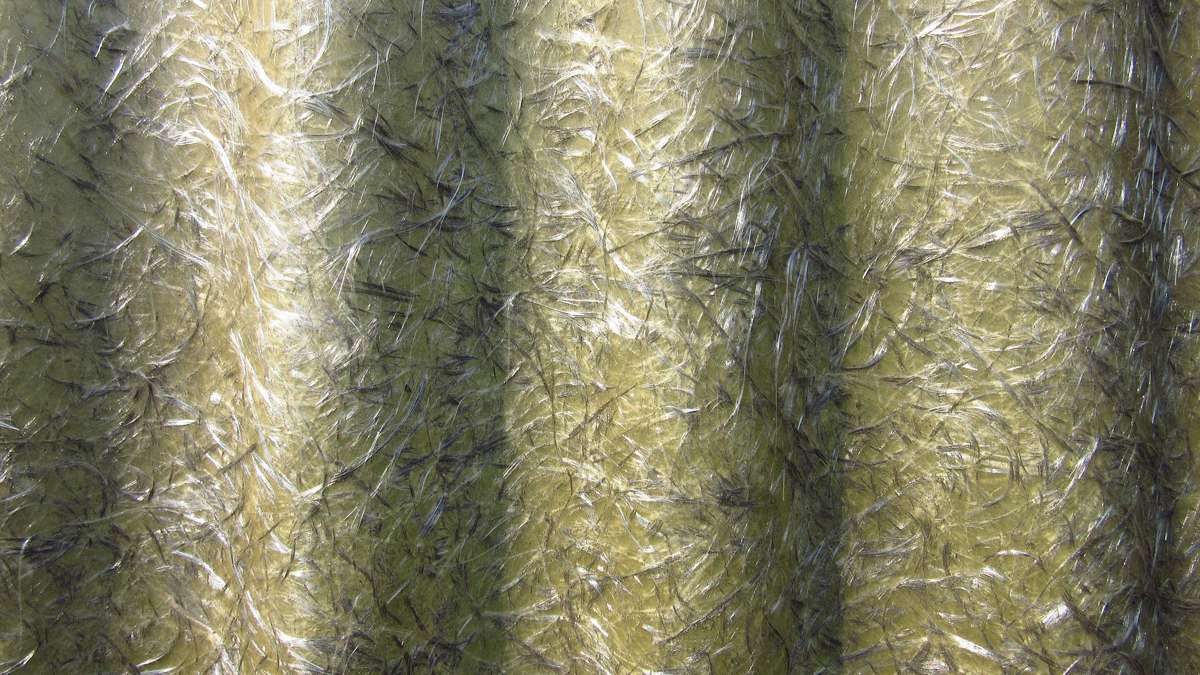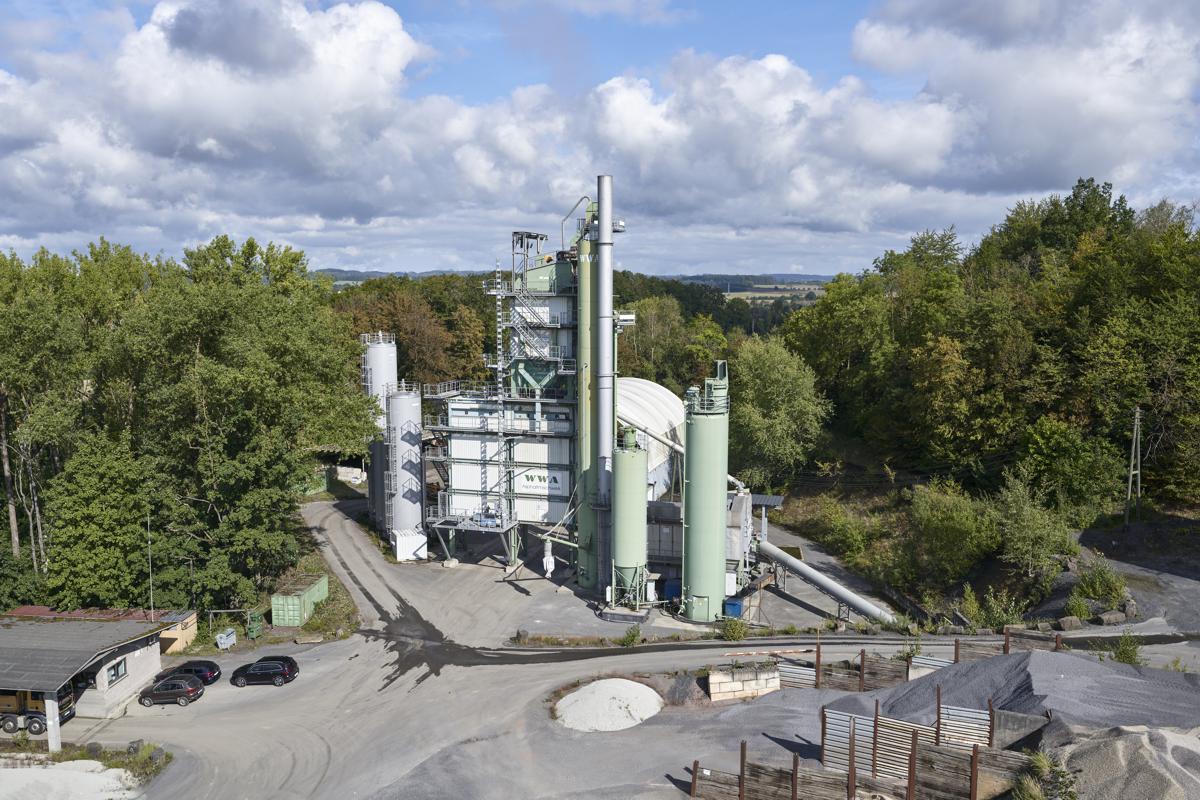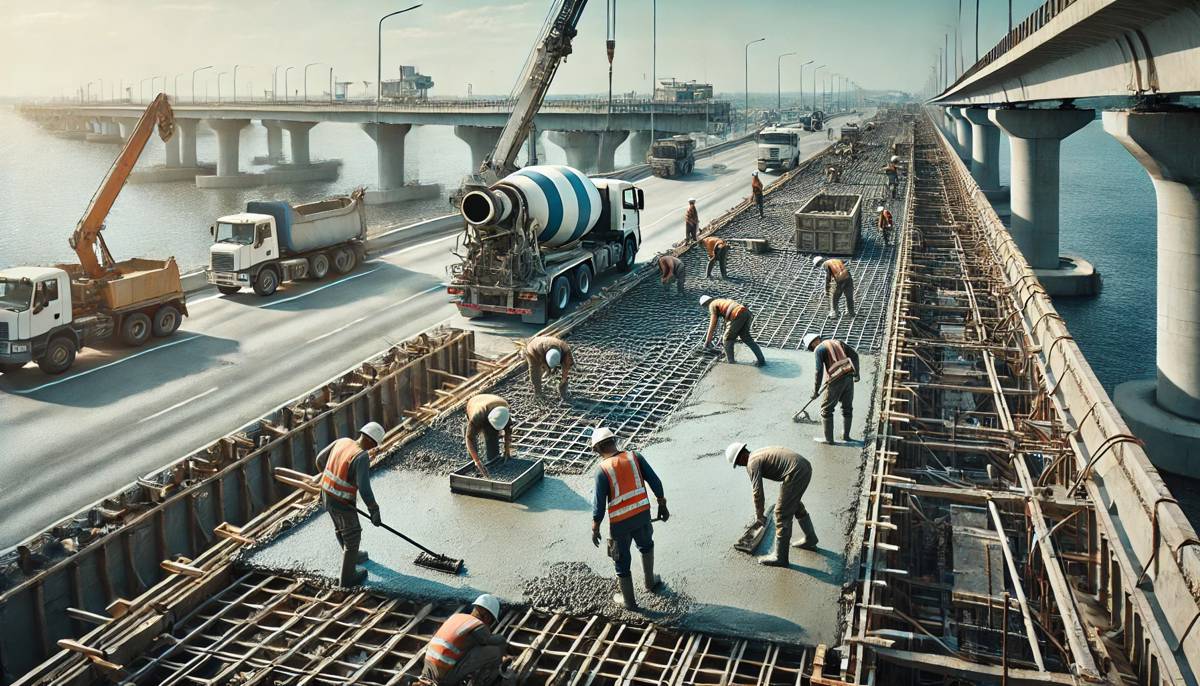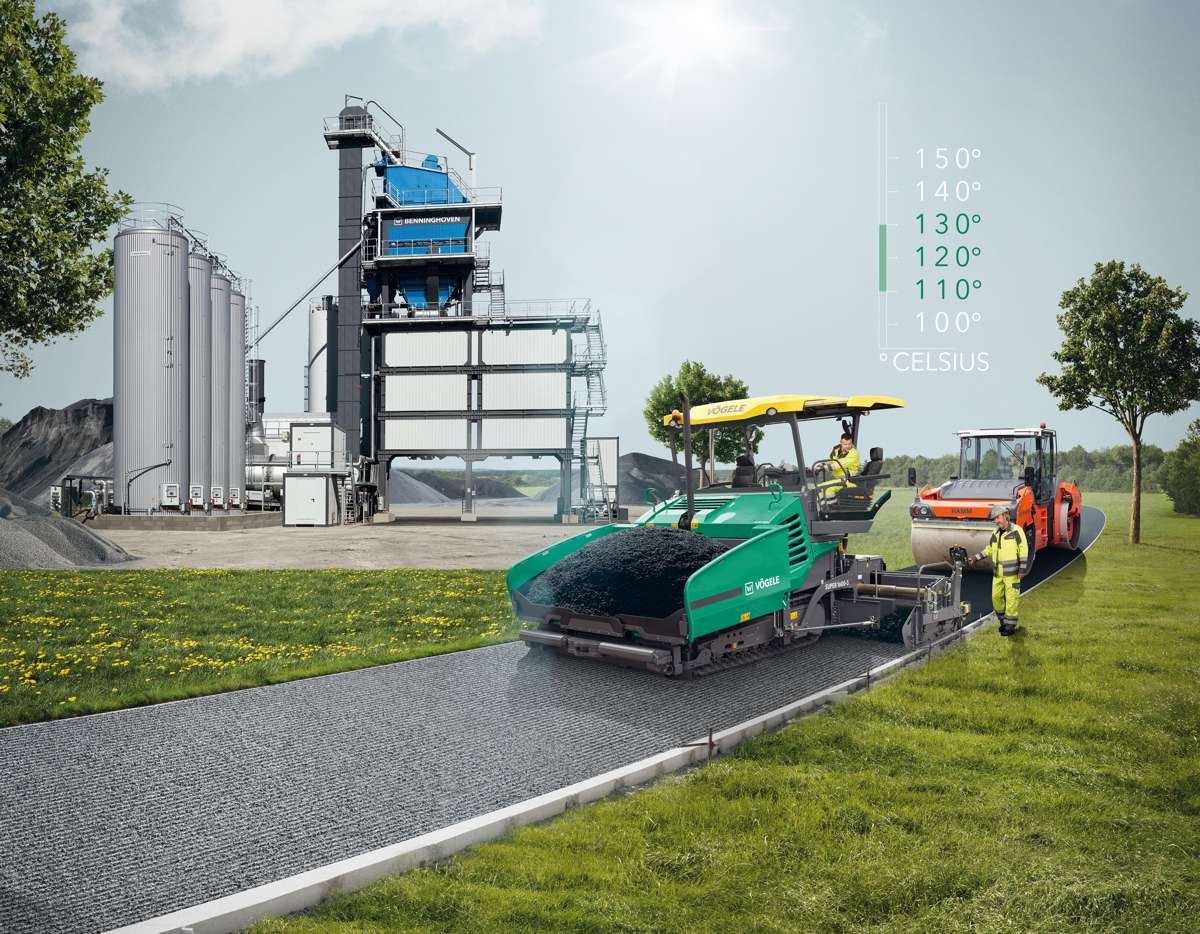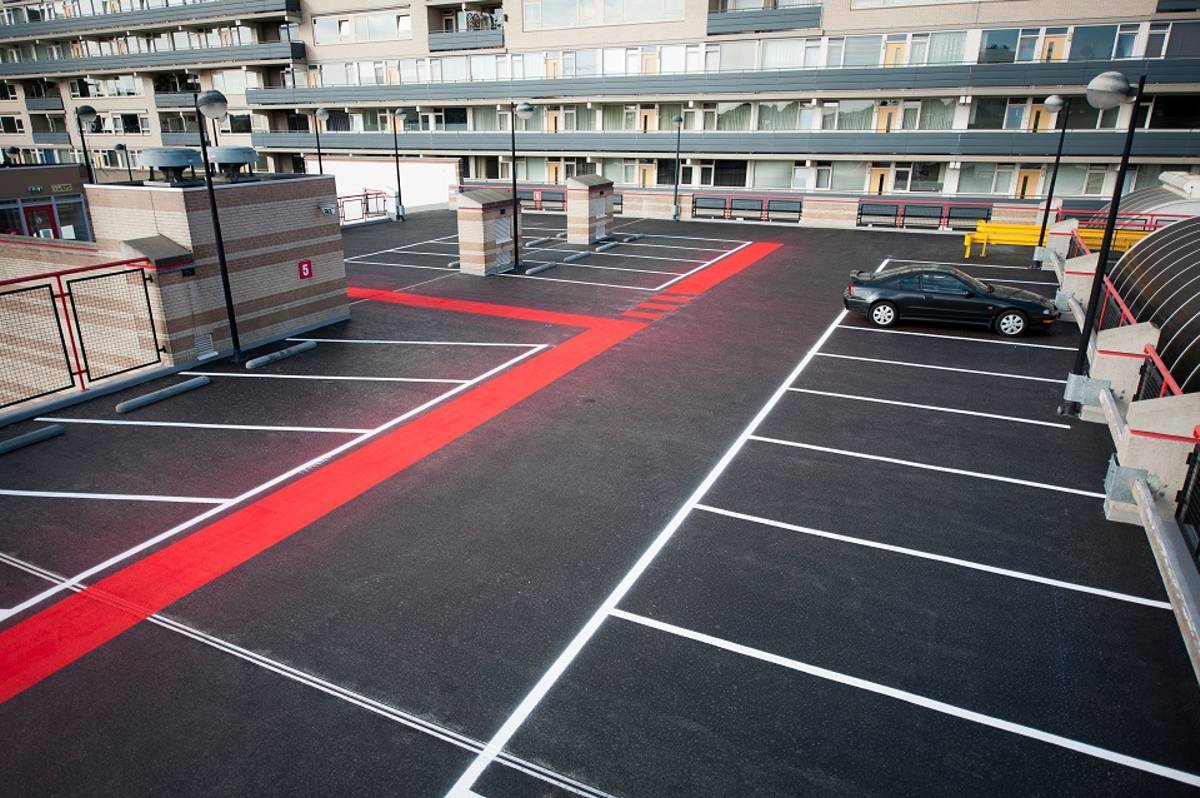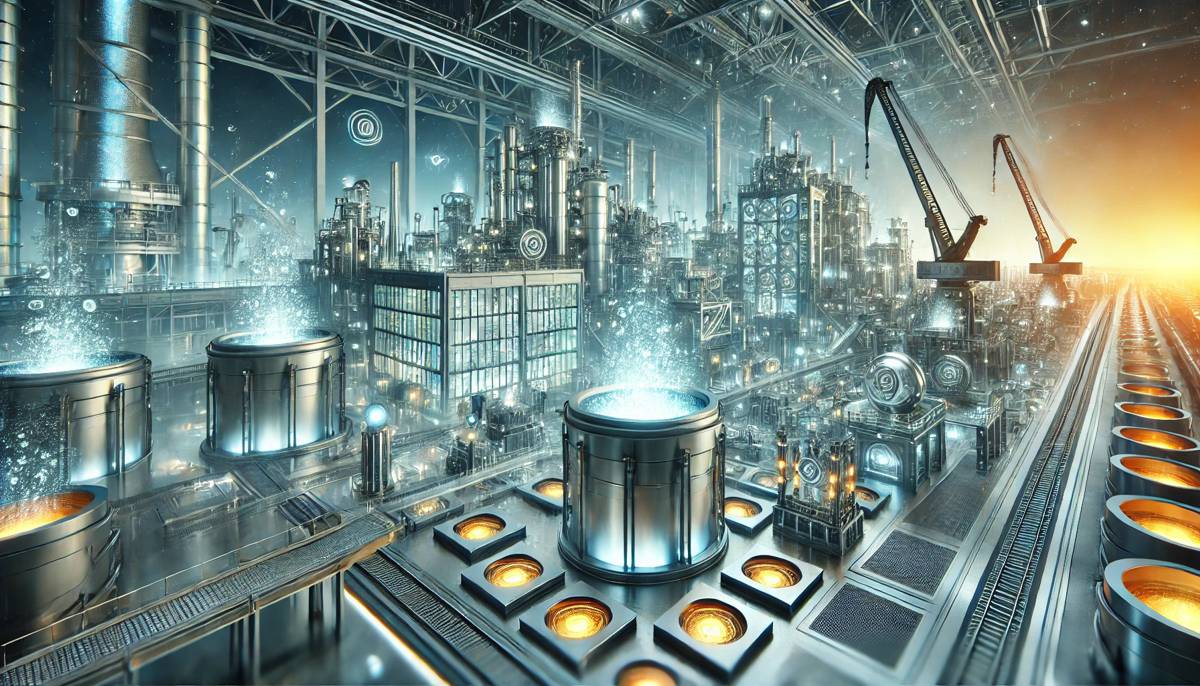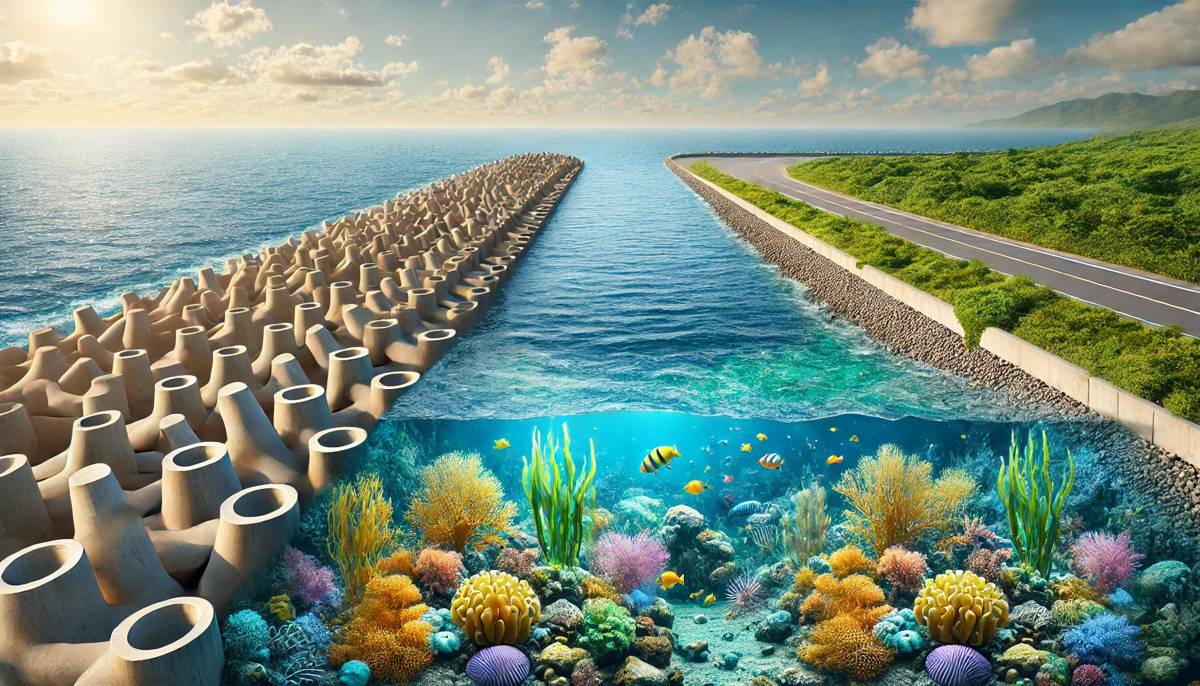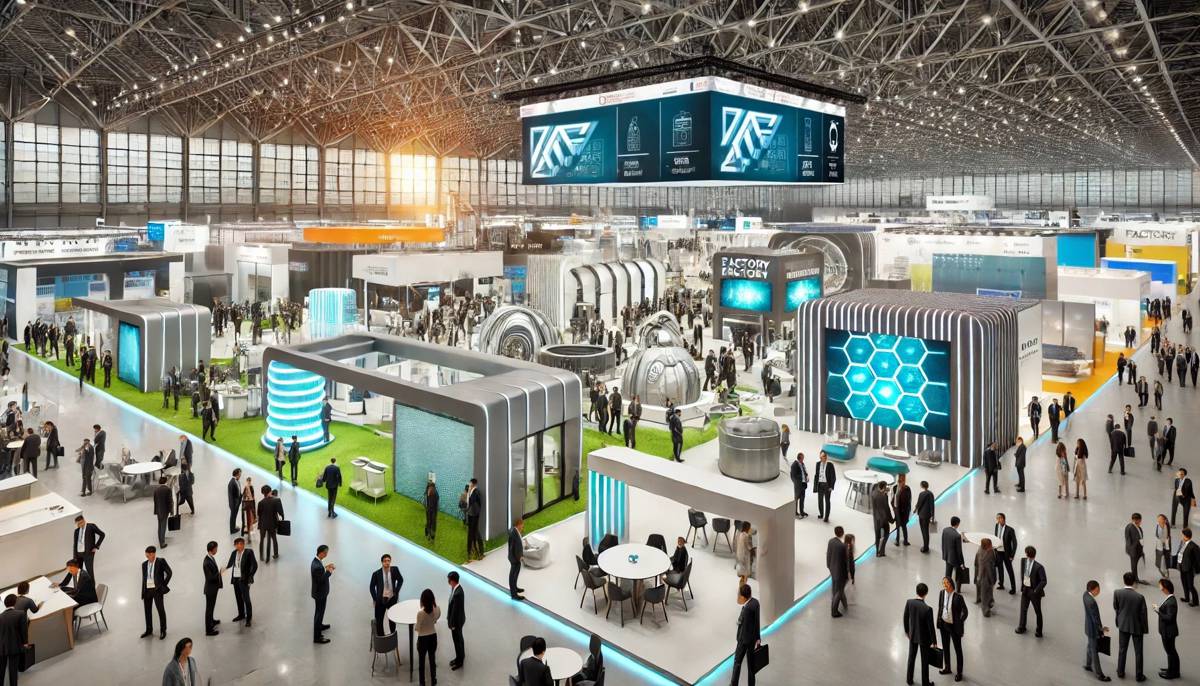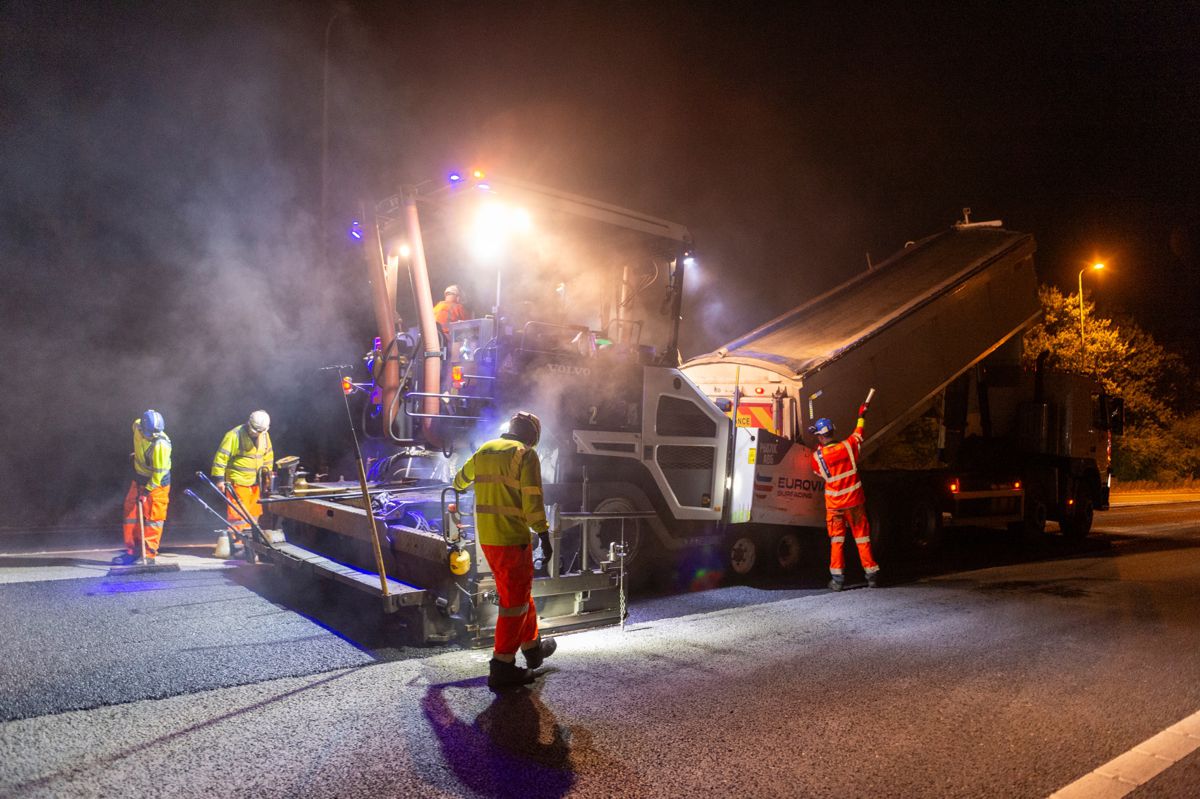Fiberglass is a perfect material for Industrial Projects
Fiberglass is a type of fiber-reinforced plastic that uses glass fibers, and was first patented in 1880 by Prussian inventor Hermann Hammesfahr. Initially, its primary use was in military aviation applications, but once people recognized that its versatile properties could be used elsewhere, its use and applications exploded.
Now fiberglass is used everywhere, from the construction industry to the marine, and automotive worlds. Fiberglass has also been replacing materials like PVC and metal in the construction industries.
In this article, we will be looking at what makes fiberglass so appealing.
Dimensional Stability
One issue that engineers and contractors have to deal with is dimensional stability. Many materials will stretch or shrink depending on the temperature and other factors. Fiberglass does not present with this issue because it maintains its shape and size regardless of the temperature.
This means you can be sure that once you measure fiberglass, you do not have to worry about it and you can do so precisely, sometimes up to the millimetre, without wondering if you will have size and shape issues down the road.
Chemical Resistance
The main material used in fiberglass is glass. Glass is resistant to chemicals – even the most aggressive acids and alkalis. These properties are transferred to fiberglass, making it a great option for applications where there is a risk of corrosion. This includes wastewater treatment plans, home construction, and cooling towers.
It has Incredible Structural Strength
Although it is lighter, fiberglass can provide structural strength that is comparable to that of steel and aluminium. This structural strength has seen fiberglass rods used to support bridges.
To make it even stronger, some companies reinforce fiberglass with stronger resins than are commonly used. This is done where the fiberglass is required to be very strong but also very durable.
The creation of reinforced thermosetting resin conduit (RTRC) is one area where this process is applied to come up with a material that will last for a very long time.
These types of conduits are joined together with RTRC fittings which increase their versatility and utility in electrical and telecommunication applications, for example. RTRC Fittings for industrial projects in North America are available through companies like FRE composites that deal with creating fiberglass conduits for numerous industries and applications.
Electrical and Thermal Insulation
Fiberglass does not conduct any electricity which makes it a great option for electrical system installation. This property also makes it perfect for applications where you need to bury electrical wires. When you use fiberglass, you are sure that there will never be any risks once you leave the site.
Fiberglass also distributes and conducts a lot less heat than steel and aluminium. Because of this, it can be used to create energy-efficient products to be used in different industries.
Fire Resistance
Fiberglass is inorganic. This means that it does not support combustion or burn. It can retain up to 25% of its initial strength under temperatures of up to 1000 degrees Fahrenheit. Fiberglass does not contain any harmful chemicals so it cannot release them when exposed to these high temperatures.
The popularity of fiberglass in different industrial applications is easy to understand once you know its properties. It is these properties that make it such a great material, with its versatility making it possible to use in numerous industries and applications.


